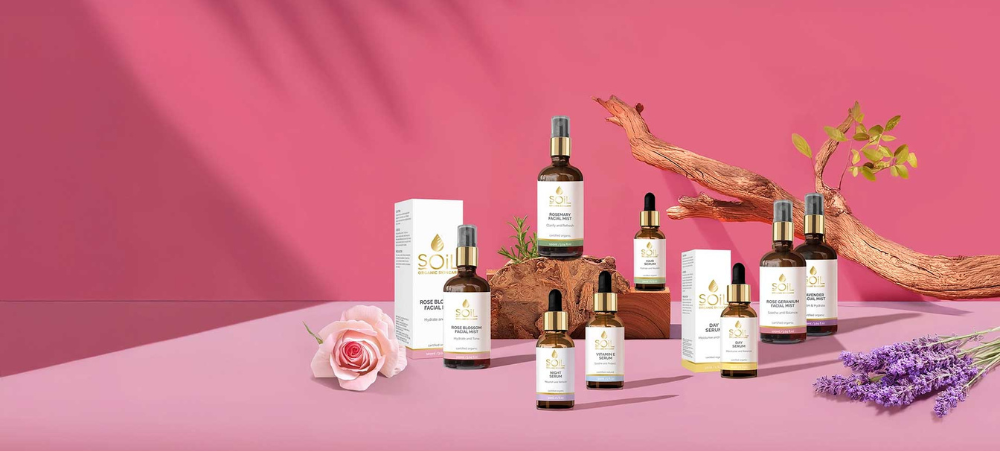With the amount of skincare knowledge now freely available, it is a known fact how important and essential applying a sunscreen is everyday, especially with skin cancer becoming the most common form of cancer among people. As we know, SPF stands for Sun Protection Factor, which is the measure to determine how well sunscreen is able to shield against UV rays.
UVB rays are responsible for producing sunburn. The UVB rays also play the greatest role in causing skin cancers, including the deadly black mole form of skin cancer (malignant melanoma). We also know that we need a high SPF factor to get adequate protection from the sun – but is there really a difference between an SPF 30 and a SPF 50?
What’s the real tea on SPF?
The SPF number on any skincare product is listed on the front of the packaging to tell you how long the sun’s UV radiation would take to redden your skin. Which we know as sunburn. Sunburn over time is known to cause premature ageing, suns spots and in extreme cases skin cancer.
With the earth’s atmosphere also being reduced due to global warming, the sun’s rays are a lot more potent and can have an even greater impact on the skin over a shorter period of time. Skin cancer can be significantly reduced by using a sunscreen 365 days a year, starting in early childhood.
Tumi Lehutso at Fundamentals Skincare says, “When choosing the right SPF for you and your family, it is important to note that the number in the SPF is a ratio (SPF 15, 20, 30, 50) and all have the same physical protection within the burn time. Burn time is classified as the time you start damaging cells. It is important to note that every single skin has a different burn time. SPF 50 has a longer protection time until the burn time than SPF 30 for example. On a daily basis you need to be using a SPF of at least 30 and no less – as a SPF 30 and SPF 50 provide more than enough protection for your skin.” For an office day spf 30 is perfect.

Another box that needs to be ticked when choosing a sunscreen is checking whether it is broad spectrum – this means that it provides protection against the sun’s UVA (aging) rays and UVB (burning) rays, which helps prevent skin cancer, early skin aging (premature age spots, wrinkles, and sagging skin) and sunburn. If it’s not broad spectrum, it won’t provide overall protection.
Lastly, there are different types of sunscreen you should know about:
Mineral also known as inorganic filters. Mineral sunscreen works by creating a physical barrier that reflects and blocks the suns energy and UV rays. Normal active ingredients is zinc oxide and titanium dioxide. It is gentler on sensitive skin and better for hyperpigmentation and melasma. A mineral sunscreen can be formulated to not have a white cast such as the Fundamentals Skincare sunscreen.
Chemical also known as organic filters. Chemical sunscreens works by absorbing the suns energy and UV rays. This is done through converting the rays into heat and releasing them from the skin. Active ingredients include oxybenzone, avobenzone and homosalate. A chemical sunscreen is normally sheer and clear in appearance and is used in oils, serums and sprays.
“As long as you’re using sunscreen correctly, you’re doing it right. Use daily and reapply often should be your mantra,” concludes Lehutso.
For more information:
- Shop: https://fundamentals-skincare.co.za
- Instagram: @fundamentals_skincare
- Tik Tok: @fundamentals_skincare
- Facebook: @FundamentalsSkincare
- SKIN BARRIER PROTECTION AND WHAT THIS MEANS - June 28, 2022
- YOUR 5-STEP SKINCARE ROUTINE FOR HAPPY SKIN IN WINTER - June 21, 2022
- IS THERE A DIFFERENCE BETWEEN SPF 30 AND SPF 50 - June 14, 2022






1 thought on “IS THERE A DIFFERENCE BETWEEN SPF 30 AND SPF 50”
thanks for info.